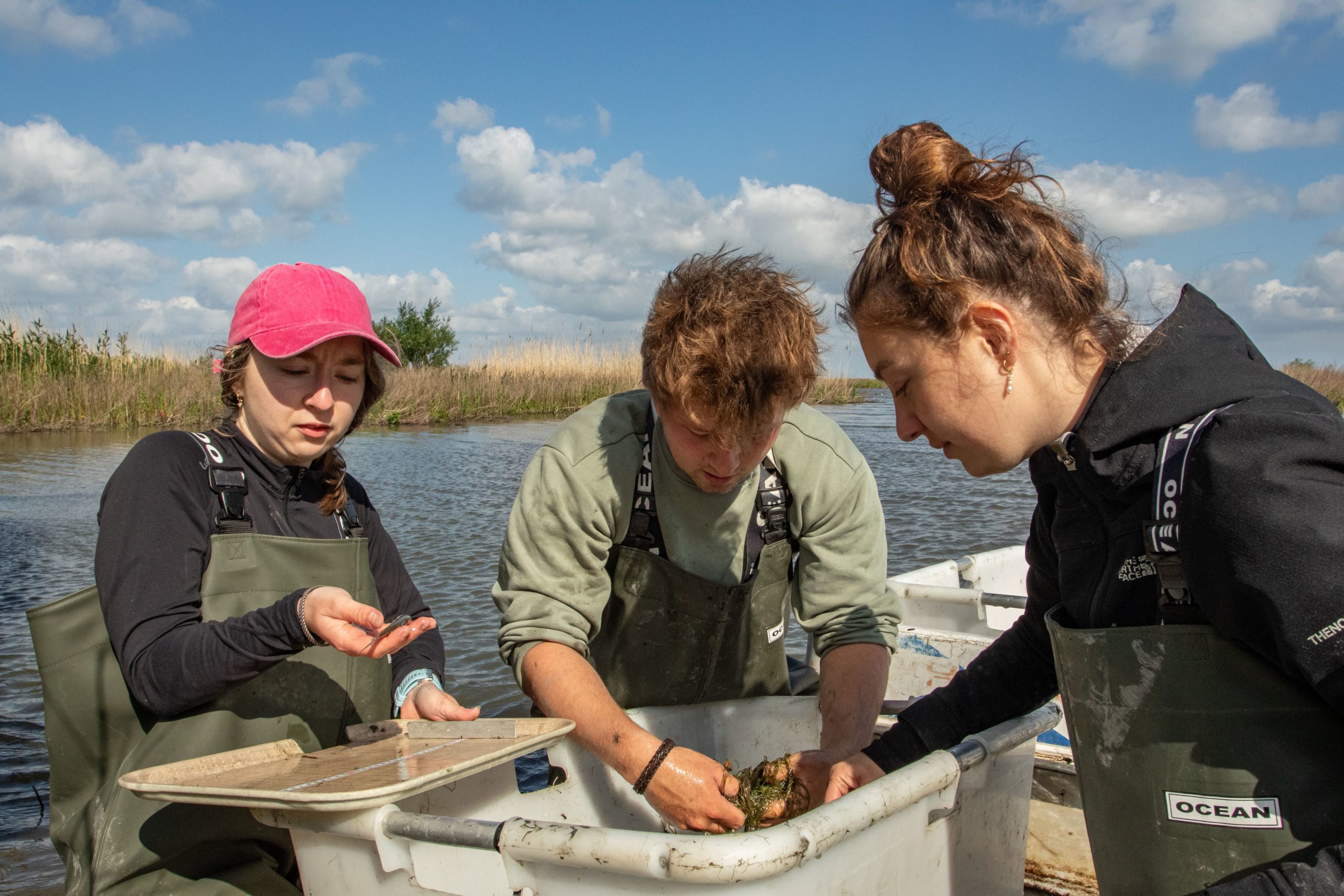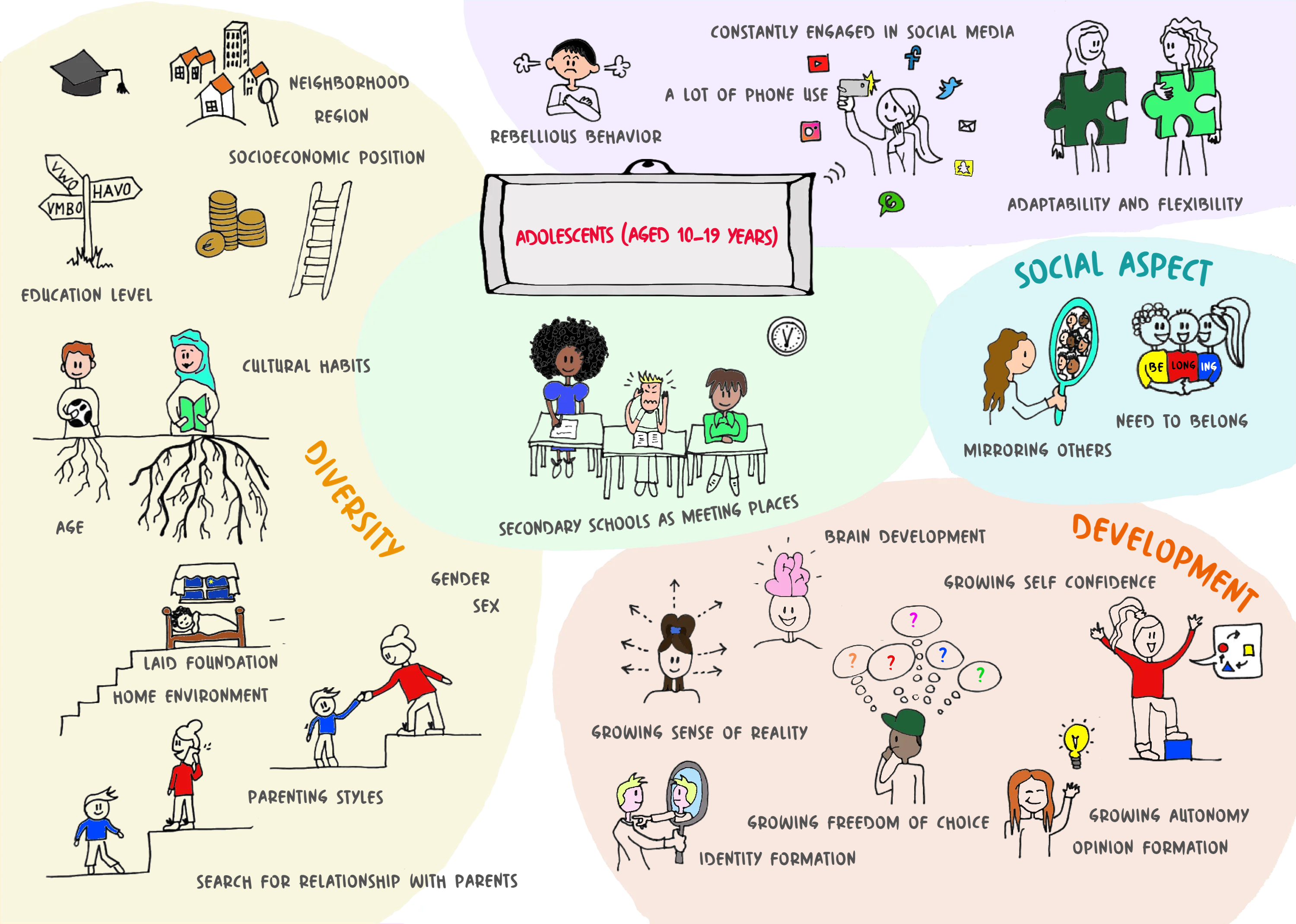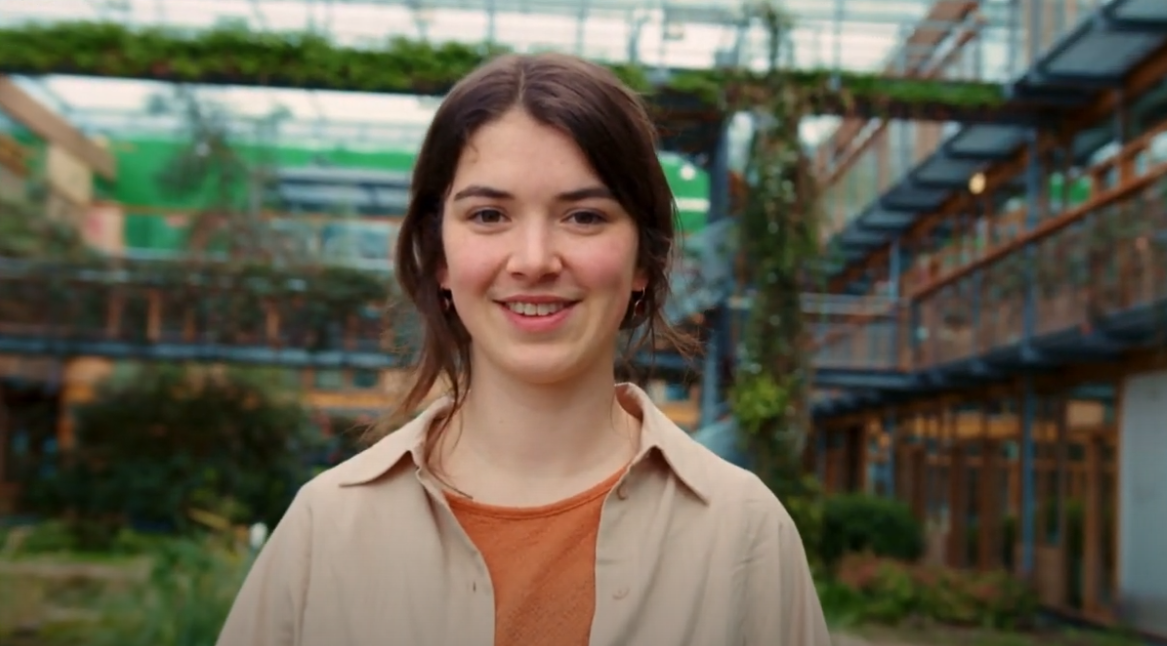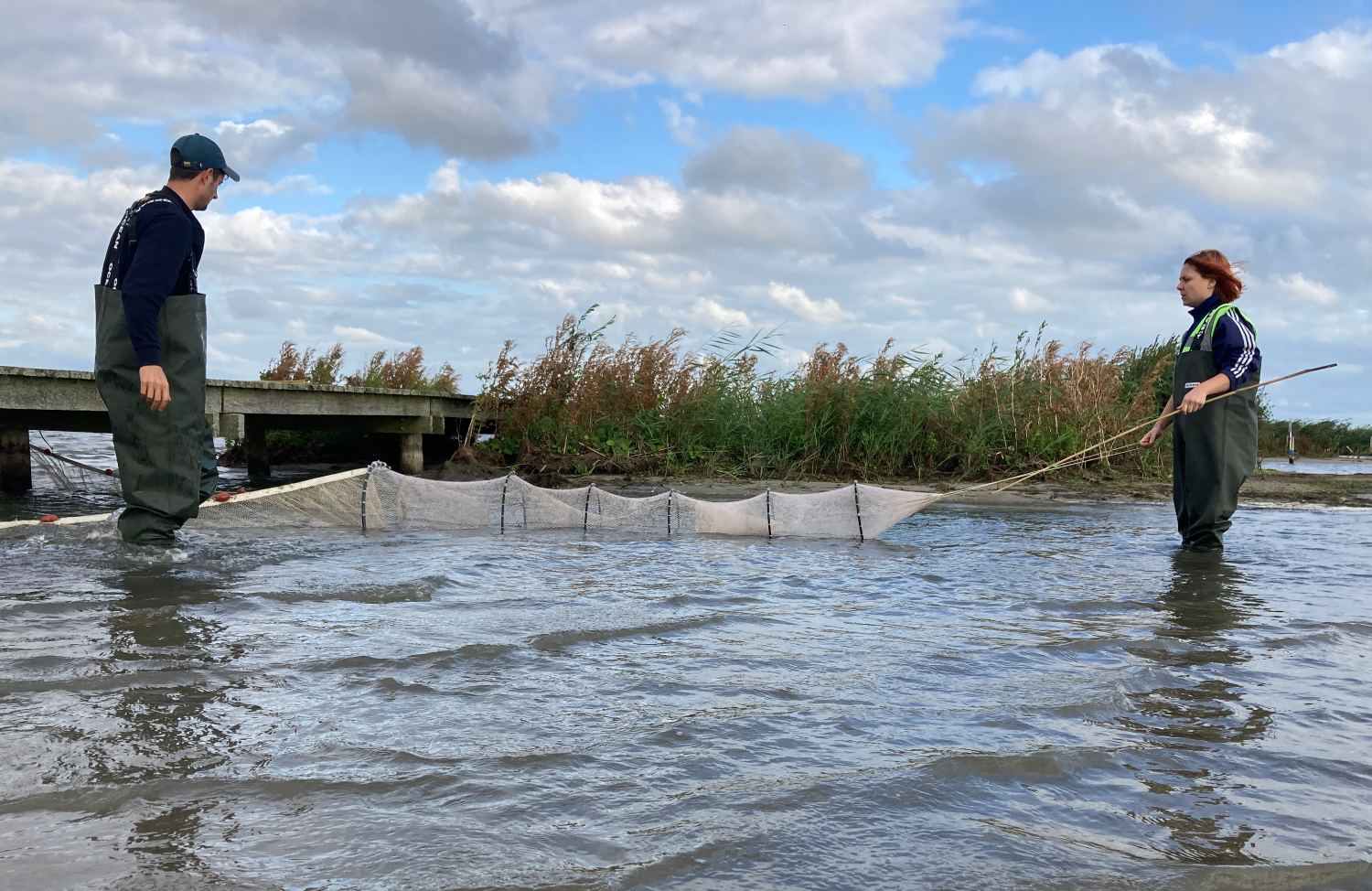The new fish monitoring season on the Marker mudflats began recently. This year, scientists from Wageningen Marine Research (WMR) are supported by four interns, three from WUR and one from the UvA. The students blog about the monitoring. Their goals are twofold: to gain experience in science communications and to inform the public about the development of biodiversity on the islands.
The students -Wageningen master students Gijs van Beilen (Marine and Aquaculture Resource Management), Cédulie Chapot (Biology) and Hymke Meijer (Forest and Nature Conservation) and Amsterdam bachelor student Rosa Kuiken (UvA Future Planet Studies, minoring in Freshwater and Marine Biology)—keep an online logbook of their research on the Marker mudflats. There, they share their experiences and pictures of their studies in the lab and in the field. The stories are divulged by both the WMR website and NatureToday. Additionally, Natuurmonumenten, which owns the region, promotes the blogs through its social media channels.
Net
There is no shortage of topics for the students to write about, Van Beilen says. ‘We have more than enough weird and unusual experiences. Being permitted to conduct research here every fortnight is a privilege. Visitors who spend a day here are already overwhelmed by everything they see here. Just imagine what we experience! I sometimes feel like I am four years old again, with my fish net on the riverbank brimming with questions about everything I see. Fortunately, students are permitted unlimited curiosity’, he laughs.
Van Beilen’s blogs are driven by the desire to include others in his enthusiasm. ‘The Marker mud flats are so special. If you consider the current developments in budding nature and how many species we can already see, imagine what it will be like a decade from now. What would happen if this form of natural development were implemented in other regions in the Netherlands or the world? The more people learn about it, the better.’
Own projects
The students have visited the Marker mudflats on several occasions. ‘It’s starting to feel more and more like home when we see the largest island appear from the ferry’, says Van Beilen. Their first blogs have already been published online. The blogs focus on the mudflats in general as well as on their own projects.
Van Beilen, for example, studies the development of soil fauna and how this affects the food supply for fish. Chapot investigates the degree to which DNA metabarcoding provides information for the identification of fish and fish larvae that occur on the mudflats. Meijer and Kuiken study how much prey is available for fish-eating birds. Kuiken specialises in the spatial distribution of fish throughout the Markermeer and IJsselmeer. While Meijer focuses on the food supply on the Marker mudflats themselves.

 The blogging interns. From the left: Cédulie Chapot, Gijs van Beilen and Hymke Meijer. Photo Joep de Leeuw (WMR)
The blogging interns. From the left: Cédulie Chapot, Gijs van Beilen and Hymke Meijer. Photo Joep de Leeuw (WMR) 

